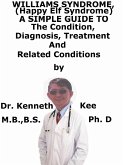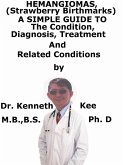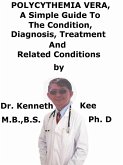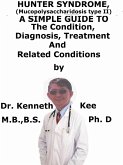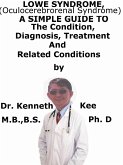>40 ms-1 in arms and absent sensory action potentials. 2. Genetic analysis. 3. ECG - there may be ventricular hypertrophy and T-wave inversion. 4. Vitamin E deficiency is excluded. Further investigations 1. Blood tests: FBC, U&E and glucose 2. Echocardiography may indicate ventricular hypertrophy, septal hypertrophy and hyper-trophic cardiomyopathy. 3. MRI scan of the brain and spinal cord Treatment Friedreich ataxia is a disease with multi-system participation. Annual reviews should have evaluation of: 1. Neurology, 2. Cardiac function, 3. Musculoskeletal disorders, 4. A comprehensive systems review and 5. Blood tests (hematology and monitoring for diabetes). Supportive treatment 1. Physiotherapy. 2. Speech and language therapy. 3. Occupational therapy. System Treatments: 1. Treatment of cardiac failure and arrhythmias is using standard treatments. 2. Orthopedic surgery if there are problematic symptoms from scoliosis, pes cavus or equinovarus deformity of feet. 3. Foot deformities may also be assisted by botulinum toxin or splints. 4. Passive exercises and warming are required for peripheral cyanosis and cold feet. 5. Diabetes will normally require insulin. 6. Sphincter dysfunction symptoms (e.g., urgency) 7. Urodynamic assessment and treatments 8. Sexual dysfunction may need symptomatic treatment. 9. Counseling or antidepressants for depression Treatment for Friedreich ataxia is: 1. Counseling 2. Speech therapy 3. Physical therapy 4. Walking aids or wheelchairs 5. Idebenone and interferon-gamma medical treatment TABLE OF CONTENT...
Dieser Download kann aus rechtlichen Gründen nur mit Rechnungsadresse in A, B, CY, CZ, D, DK, EW, E, FIN, F, GR, H, IRL, I, LT, L, LR, M, NL, PL, P, R, S, SLO, SK ausgeliefert werden.




